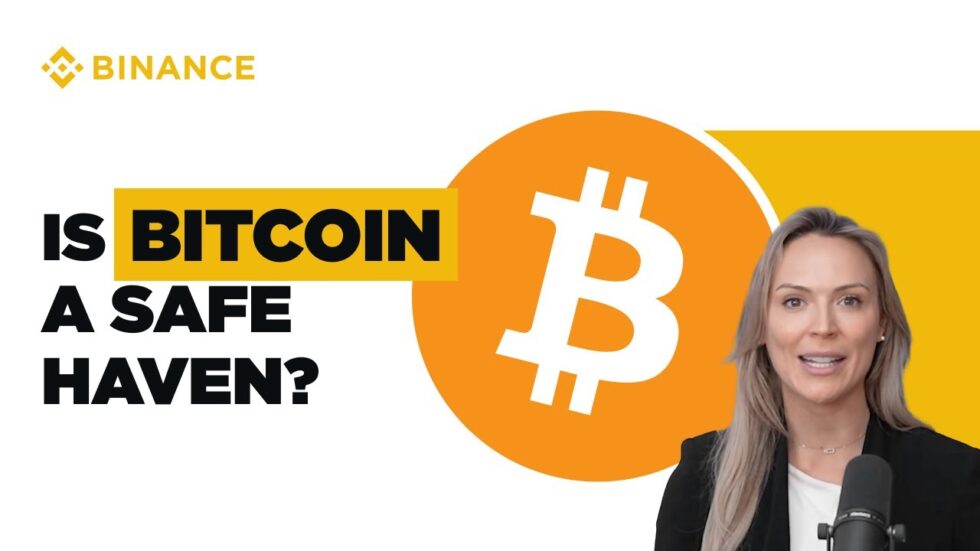
For years, Bitcoin has been branded as “digital gold” — a hedge against inflation, a store of value immune to central bank policies, and an asset that thrives when fiat currencies stumble. But as global inflation surged to multi-decade highs in the last few years, many investors began asking the tough question: Has Bitcoin truly lived up to its safe-haven reputation? Or is it still an untested experiment in times of economic turbulence?
The Original Promise: Bitcoin as Digital Gold
Bitcoin was born in 2009, during the aftermath of the global financial crisis. Its mysterious creator, Satoshi Nakamoto, coded it as an alternative to centralized banking — a decentralized currency with a capped supply of 21 million coins. This hard limit became one of Bitcoin’s strongest narratives: unlike fiat money, which central banks can print endlessly, Bitcoin was designed to be deflationary by nature.
That scarcity positioned it alongside gold, historically the go-to hedge against inflation. Just as investors turned to gold when paper money weakened, Bitcoin enthusiasts argued that the cryptocurrency could serve the same role in a digital era. The phrase “digital gold” quickly took root.
Inflation in the Real World: Bitcoin’s Mixed Track Record
When inflation began rising sharply in 2021 and 2022 — fueled by pandemic stimulus, supply chain disruptions, and surging energy costs — many expected Bitcoin to shine. Instead, the picture turned out more complicated.
- Bitcoin’s Correlation with Risk Assets: Rather than decoupling from traditional markets, Bitcoin traded more like a tech stock. During periods of inflation and tightening monetary policy (like the U.S. Federal Reserve raising interest rates), Bitcoin’s price often fell in tandem with the stock market.
- Volatility Concerns: Gold, while not always perfectly stable, rarely experiences 10–20% daily price swings. Bitcoin’s extreme volatility made it harder for cautious investors to view it as a reliable inflation hedge.
- Adoption vs. Speculation: Much of Bitcoin’s value movement was still driven by speculative trading rather than everyday usage as a medium of exchange. That speculative nature diluted its image as a protective, steady store of value.
In other words, Bitcoin’s performance during recent inflationary cycles raised eyebrows: it was a promising idea, but the real-world stress test revealed cracks in the narrative.
The Case for Bitcoin as a Hedge
Despite these challenges, the case for Bitcoin as a hedge against inflation is far from dead. Supporters point to several key factors:
- Fixed Supply
Unlike fiat currencies, which can be inflated by central banks, Bitcoin’s supply is algorithmically fixed. This makes it inherently resistant to monetary debasement. - Decentralization and Sovereignty
Bitcoin is not tied to any government or political system. For individuals living in countries with runaway inflation (think Venezuela, Argentina, or Turkey), Bitcoin has often been a lifeline — a way to protect savings from collapsing local currencies. - Long-Term Price Growth
While short-term volatility undermines its “safe haven” image, long-term charts show Bitcoin’s resilience. Despite repeated crashes, its trajectory over the past decade has been overwhelmingly upward, outpacing inflation by a wide margin. - Institutional Adoption
With Bitcoin ETFs gaining approval and institutions adding exposure, the cryptocurrency is slowly maturing into a mainstream asset class. This could make it behave more like a legitimate hedge in the future.
The Counterarguments: Why Skeptics Remain
On the flip side, skeptics highlight reasons why Bitcoin may never truly serve as an inflation hedge:
- Correlation with Liquidity: Bitcoin often thrives when liquidity is abundant (e.g., low interest rates and easy money policies) — the opposite of inflation-fighting environments.
- Speculative Behavior Dominates: Its price is still highly sensitive to investor sentiment, regulatory news, and technological trends, rather than just macroeconomic fundamentals.
- Energy and Mining Costs: The cost to mine Bitcoin is tied to energy prices, which can be heavily influenced by inflation. This creates an indirect link that complicates the hedge narrative.
- Unproven During Prolonged Inflation: Bitcoin is only 16 years old. It has not yet been tested across multiple decades of economic cycles the way gold has.
Inflation, Bitcoin, and the Future: What’s Next?
So, where does this leave us? Bitcoin’s role as a safe haven depends heavily on context:
- In developed economies, where inflation is high but still manageable, Bitcoin has struggled to outperform traditional hedges like gold, bonds, or real estate.
- In emerging markets, where hyperinflation destroys purchasing power overnight, Bitcoin has proven far more useful — not always as a perfect hedge, but as a crucial escape route from broken financial systems.
Looking forward, Bitcoin’s safe-haven status may strengthen as adoption deepens and volatility lessens. Layer-2 scaling solutions, growing institutional exposure, and broader regulatory clarity could help stabilize its reputation. But the real test will come not in speculative bull runs but in how Bitcoin behaves during the next extended inflationary wave.
Final Thoughts: Hedge, Hype, or Hybrid?
Is Bitcoin still a safe haven against inflation? The answer isn’t black and white. Bitcoin is both an inflation hedge and a speculative asset — a hybrid that doesn’t yet fit neatly into traditional categories.
For now, its utility as a hedge may be more situational: a powerful tool in countries with unstable currencies, but a less reliable inflation shield in developed markets where monetary tightening links it to equities.
Still, one truth stands firm: Bitcoin has already rewritten the way we think about money, scarcity, and value storage. Whether it eventually becomes a true global hedge or remains a high-risk, high-reward asset, its role in the conversation around inflation is here to stay.









